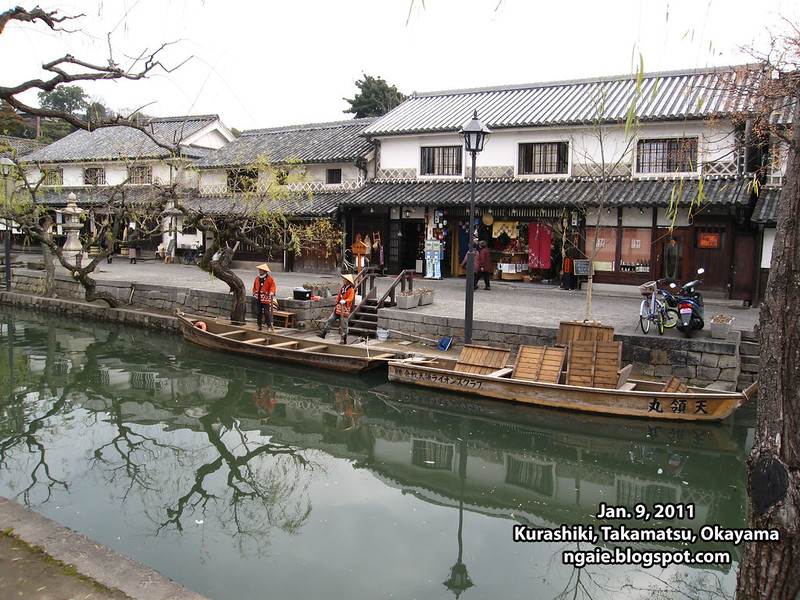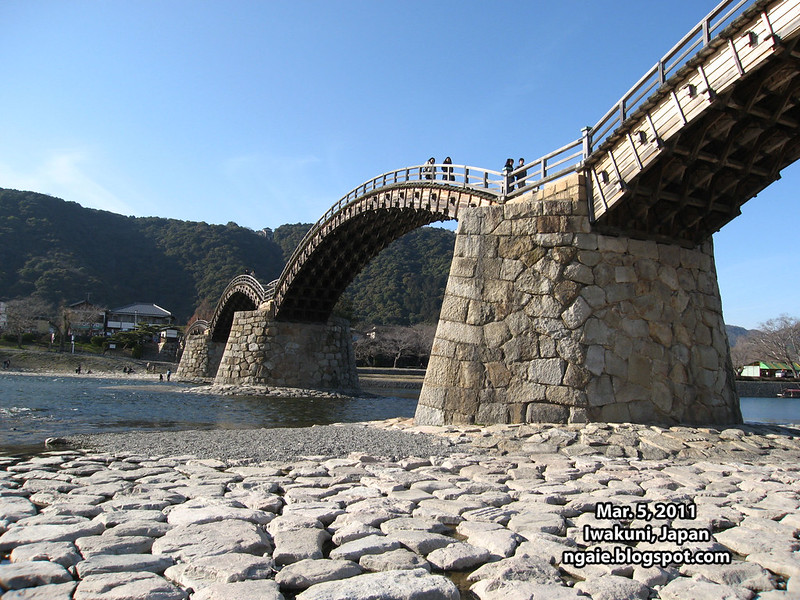Kobe is one of my favorite cities in Japan because it has such a nice atmosphere. It is very compact (the model "compact city"?) yet does not feel overcrowded like Tokyo and the city is also blessed with many historical areas and buildings from the past due its interactions with the Western world during the modernization of Japan.
The Kansai region is unique in that the 3 major cities all have a distinct characteristic unlike the Kanto (Tokyo-Yokohama) metropolitan area where it is just uniform dense urban sprawl for as far as the eyes can see. Kobe is is quite clean and chic compared to the run-down and dirty Osaka, while Kyoto offers a glimpse of the idealized traditional "old Japan" of "samurai and ninja".
I have been to Kobe many times before, but I still like visiting Kobe whenever I am in the Kansai region because I like walking and wandering around to see what new and interesting thing I can bump into.
The view of the Kobe waterfront with the red coloured Kobe Port Tower in the background.




